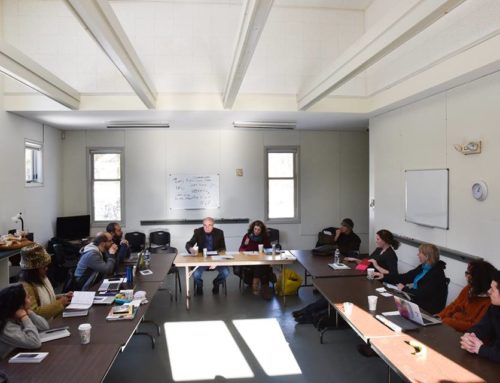I realize that in the past I’ve written several blogs hitting on the absolute necessity of laying down the basic building blocks of your story before plunging into draft. And, of course, I’m not alone in stressing this essential first step. Chris Volger (The Writer’s Journey) and Blake Snyder (Save The Cat!), among many others, have written wildly successful and very good books on the subject. I’ve even written a book on it.
In spite of all the excellent how-to manuals out there, however, for some strange reason a lot of writers insist on finding the foundational elements of their story only through the process of writing seemingly endless pages of script. I’m not sure why this is so prevalent when common sense says that you can’t build a house on sand. Nevertheless, these writers insist that truly authentic stories can only emerge organically from trial and error and through the process of actually writing what they think is their first draft.
In truth, these writers, in my opinion, are not writing a draft at all. Rather, they’re exercising their right to do a ton load of exploratory writing to find their story. There’s nothing wrong with working this way, of course. It’s just that it should be understood that it usually involves taking a long circuitous route to go a very short distance. And there is a real danger always lurking with this approach and I call it the tyranny of the written. What should happen at some point in this exercise, when most or all the story structural discoveries have finally been uncovered, is that these writers need to stop this work, start pulling out the story building blocks from the multitude of pages they’ve produced, build their structural framework, and then, and only then, plunge into their real first draft. The problem with a lot of these writers, however, is that they think they’ve already written their draft when they get to a hundred fifty to two hundred or more pages of this exploratory work. But, alas, in almost all cases, what they’re looking at is a slough of pages that have only helped them uncover what their real story is all about.
All that’s required is an initial process of developing an idea for a story so that you’re sure you have the proper footings upon which to build your play or screenplay. It’s not rocket science. And there are many guides available to help you do this. But as almost any successful playwright or screenwriter will tell you, it’s a critical first step in the creation of a script that’ll have legs.






Leave A Comment